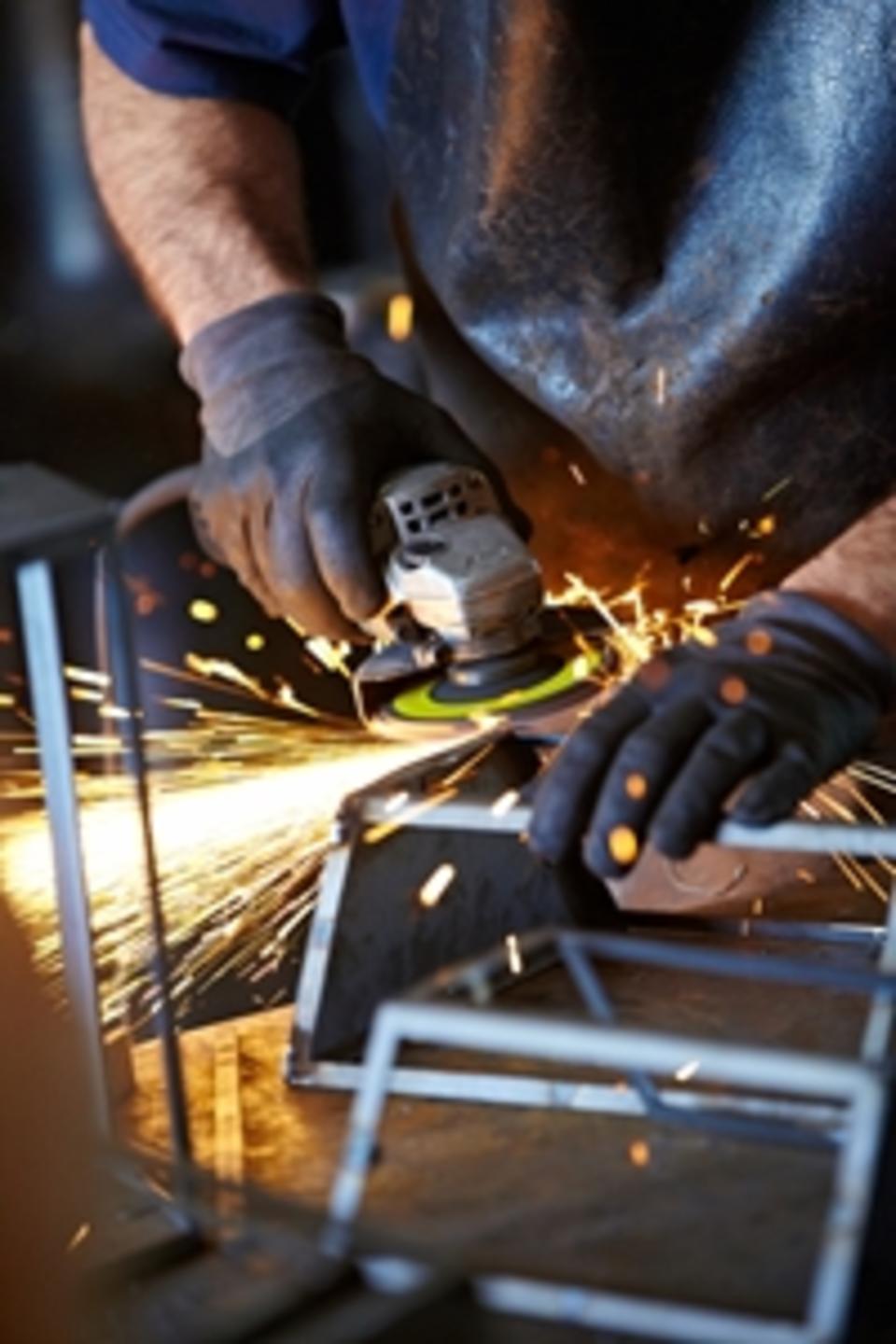Welding continues to hold promise in jobs, technology for students


For students considering different careers in the skilled trades, they may not know which of their options is the best for future employment. However, the welding job market is soon to hold promise for thousands of potential employees, and students would do well to look into both the rising demand and new opportunities the industry offers.
What goes into a career as a modern-day welder?
This welding video is just the beginning. The average age of today's welder is 57, according to the Minneapolis Star Tribune. That means the coming years will soon see a major rise in demand for their services, and as training has become less common in the overall skilled trades industry, having the knowledge that will come from career training college classes will bode well and give them strength when it comes to the job market.
Many welders will soon quit welding in force, the news source said, because of the requirements welding needs – not only do workers need to have the physical strength and endurance to survive in a multitude of situations, but they need the skills to perform steady work. Soon, a skills gap may become evident in the country, which will only drive the demand for welders higher in the future. The Star Tribune report also noted that a 2013 Adecco survey revealed 92 percent of employers believe there's a skills gap, and that number is likely growing. To fight this trend, students need to focus on attaining both strong skills in the field and better skills in communication and critical thinking – the combination of strengths should help them land the jobs they need and deserve.
Career training for the welders includes hands-on experience with all major types equipment – including equipment used in Shielded Metal Arc Welding (SMAW), Gas Metal Arc Welding (GMAW/MIG), Flux Core Arc Welding (FCAW), and Gas Tungsten Arc Gas Welding (GTAW/TIG). Welding careers are expected to grow by more than 75,000 in the next seven years*, giving new welding professionals ample opportunity to practice in all of these areas.
Technology on the rise
Of course, a strong career with plenty of opportunities is only one reason students should consider welding. Increasingly, skilled welders are working with laser and robot welding tools, and they will soon be even further integrated into the industry, according to Robotics Online. As a result, any welding student who wants to work with the latest technology, some of which seems ripped straight from a science-fiction movie, will have the opportunity to use brand-new technology.
The laser hybrid welding technology combines both laser welding and gas metal arc welding, according to the news source, with high speeds and small heat zones, all of which can improve the work of any welder. This means it will soon be applied in many situations – automotive welders already use the technology, while it's also been made for better applied manufacturing of parts that vary from concrete pumps to mobile cranes. Where other welding methods would cause an increased need for extra heat, such as extra preheating to prevent product distortion, the new method can take care of high-tensile steel.
Robotic welding can also be used in rail vehicle construction, bridge building and tank production, just some of the many roles that welding students can work in with hard work in their classes. Being able to harness the power of a robot should help drive students considering the industry to make the leap, as the newest innovations will continue to give them high-tech and high-concept ways to advance their work to the next level.
* Source: careeronestop.org, for the years 2012-2022.
